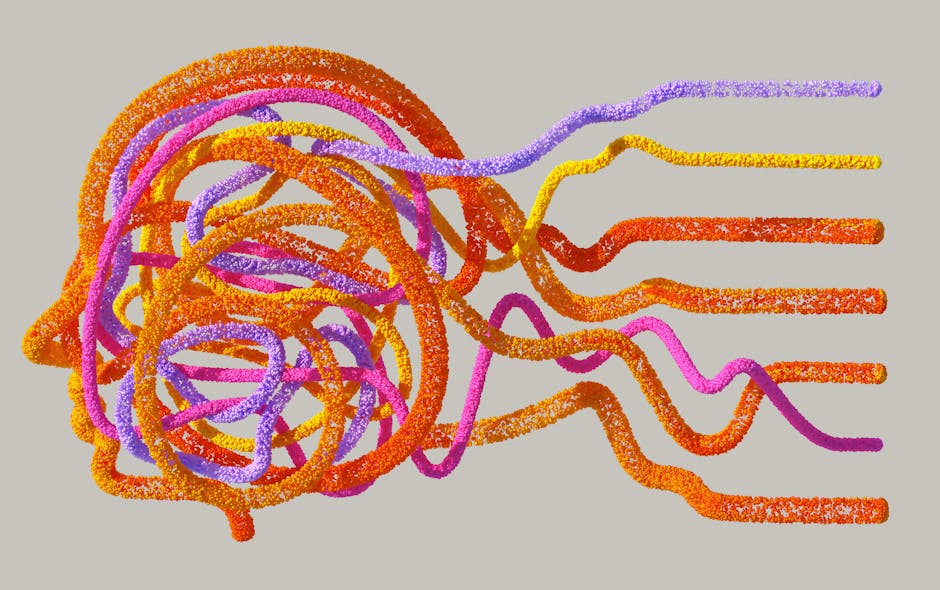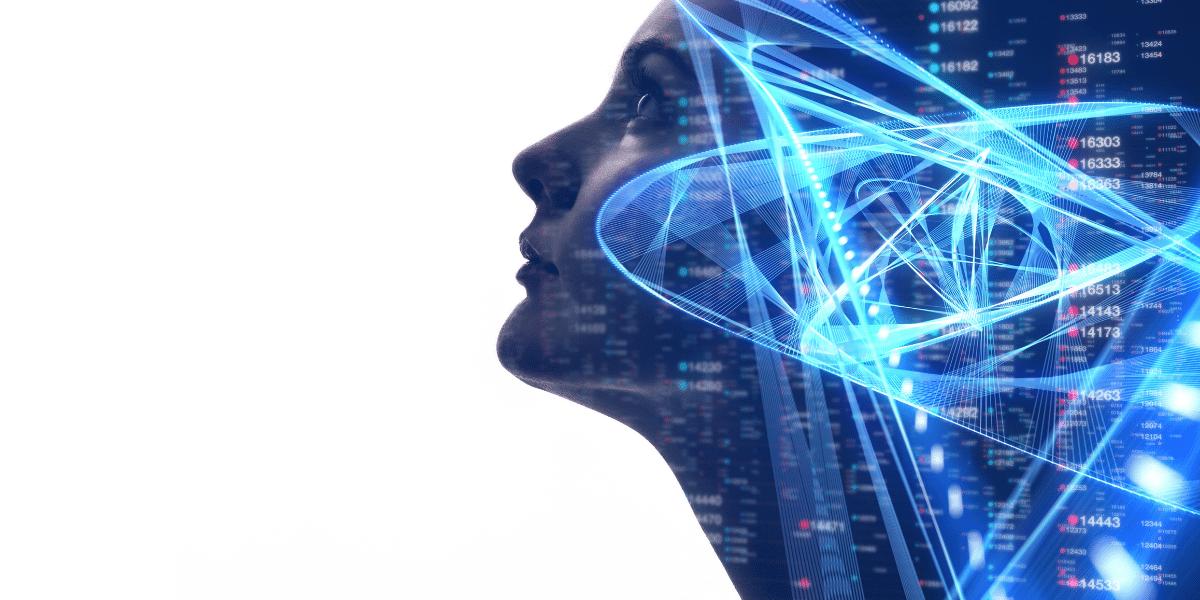Understanding how AI art generators work offers a glimpse into the intersection of technology and creativity. These tools, powered by neural networks and advanced algorithms, are reshaping how art is created and appreciated. From generating lifelike images to transforming textual prompts into visual masterpieces, AI is becoming an integral part of the artistic process.
Understanding AI Art Generators
Neural networks power AI art generators, turning mathematical systems into creative tools. These networks find patterns in large datasets like cityscapes or self-portraits. When you prompt an AI to create a tree, it's drawing on its vast memory of trees to produce something new.
Generative adversarial networks (GANs) are crucial in this process. These include two neural networks:
- The generator: creates images
- The discriminator: evaluates them, trying to distinguish if the image is real or synthesized
This back-and-forth refines the realism of the produced images.
Diffusion models break down the process into incremental steps, starting with noise and gradually refining it into a coherent image. They excel at creating detailed artworks, perfect for elaborate styles like Renaissance paintings or vibrant modern art pieces.
Variational autoencoders (VAEs) comprise an encoder and a decoder, learning to compactly represent data and then reconstruct it into high-quality images. It's like sketching an outline and filling in the blanks, but at a more complex level.
Creative coding adds another layer to this artistic process. Artists program these algorithms to generate expressive works, not just functional outputs. Innovations like Google's DeepDream, using convolutional neural networks, are pushing boundaries. DeepDream enhances patterns in images, creating a dream-like effect.
Artists use AI tools like OpenArt for seamless art creation. These platforms interpret textual prompts through sophisticated algorithms, producing striking digital paintings, animations, and more. The model training book and prompt book on OpenArt give users an edge, shaping their creative journey.
The ability to transform photos into artworks is another feature of AI. Upload an image, choose an artistic style, and watch as AI re-crafts it with precision. This democratizes art creation and diversifies artistic expressions.
Commercial applications thrive on AI's speed and flexibility. AI-driven tools rapidly visualize concepts, vital for fields like advertising and game design. In education, AI art tools are valuable for teaching techniques, exploring historical styles, and understanding visual composition principles.
AI-generated art is making waves in prestigious arenas too. Exhibitions at the Museum of Modern Art and collaborations with institutions like Columbia University spotlight AI's creative potential. These initiatives aren't just showcasing tech but marrying it with human ingenuity, sparking debates about the essence and future of art.

AI as a Tool for Artists
For artists, AI is like discovering a new palette with colors beyond the human eye's natural spectrum. It's about embracing a partnership that amplifies creativity, reshapes imagination, and expands what is possible.
Artists use AI to generate ideas that spark innovation. By feeding an AI a collection of thoughts, words, and images, it can generate unique concepts that might never have surfaced otherwise. This kind of original idea-generation can elevate an artist's work to new heights.
Visual exploration with AI allows artists to input simple prompts and receive detailed visual suggestions, inspiring new directions for their work. AI becomes a co-pilot on this visual journey, merging computational precision with artistic intuition.
Creating new artistic styles is perhaps one of the most exciting aspects of AI in art. With tools like GANs and diffusion models, artists can experiment with blending various styles to create entirely new forms of visual expression. It's like having a virtual master class at your fingertips, available whenever inspiration strikes.
Many creators have already successfully integrated AI into their artistic repertoire:
- Mario Klingemann uses GANs to produce pieces that explore the interplay between human-computer collaboration.
- Refik Anadol employs AI to process vast datasets and transform them into fluid, dynamic visual experiences.
- In music, Holly Herndon collaborates with an AI "baby" named Spawn, which she trained to emulate her singing style.
Contemporary artists can infuse AI into their practice by identifying areas where it could provide a new perspective or streamline workflows. For idea generation, visual exploration, or creating entirely new styles, experimenting with different AI models can reveal new techniques and visual languages.
By welcoming AI into the studio, artists open themselves up to new creative potential. It's an invitation to collaborate with intelligence beyond the human, resulting in outcomes that resonate on levels both familiar and foreign—reflecting, enhancing, and sometimes challenging our understanding of art.
Impact on Different Art Forms
AI's influence reverberates across various creative disciplines, transforming how we perceive and produce art in innovative ways.
Visual Arts
Artists like Mike Tyka have used Google's DeepDream to create mesmerizing, dream-like images that challenge our perceptions. Tyka's series "Portraits of Imaginary People" uses neural networks to generate lifelike yet surreal portraits, exemplifying how AI can elevate visual storytelling.1
Music
AI has opened up pathways to novel compositions and collaborations. Holly Herndon's album "PROTO" blends human and machine voices, stretching the boundaries of musical composition and posing questions about identity and creativity in the digital age.2
Literature
Machine learning models like GPT-3 are now capable of generating prose and poetry that can evoke genuine emotions. Author Robin Sloan collaborated with a neural network to write the novella "The Writers Room," where the AI contributed plot ideas and themes.3
Animation and Film-making
Independent animator Ruth Stella Lingford has observed how AI is making waves in large studios and among independent creators. AI tools can speed up labor-intensive aspects of animation, allowing creators to focus more on storytelling and character development.
Immersive Installations
Refik Anadol's AI-generated art installations transform spaces into immersive environments. His piece, "Machine Hallucinations," used AI to compile and visualize millions of images related to urban architecture, creating a hypnotic, ever-evolving visual journey.4
Platforms like RunwayML have democratized these high-tech tools, making them accessible to burgeoning artists and filmmakers. Through AI, creators can produce high-quality animations and cinematography without prohibitive costs.
AI's impact on these diverse art forms extends beyond mere technological enhancement; it challenges and redefines what art can be. It pushes boundaries, encouraging artists to explore uncharted territories and collaborate with machines in a harmonious dance of creativity.
Ethical and Social Implications
The ethical landscape surrounding AI-generated art is complex and nuanced. Job displacement is a key concern, with fears that AI might edge out human artists, particularly in commercial genres. However, art remains profoundly human, distilling emotion and experience in ways AI can't truly replicate. As saxophonist Yosvany Terry notes, AI cannot transmit or represent emotion yet.
Authorship and ownership present another challenge. If an AI-assisted tool generates art, who holds the copyright? This shared creative process invites a reconsideration of traditional notions of authorship. Mixed-media artist Matt Saunders aptly puts it, Art means what we ascribe to it.
Legal frameworks may need to evolve to accommodate AI's unique contributions while preserving human creators' rights.
The reliance on AI also raises concerns about the erosion of traditional artistic skills. Ruth Stella Lingford's experience in animation reminds us that repetitive, often laborious aspects of art forge true craftsmanship. By reducing reliance on these foundational skills, we risk losing the essence of artistic expertise.
Challenges in Various Art Domains:
- Music Composition: Balancing AI assistance with human creativity
- Architecture: Utilizing AI for optimization while maintaining human insight
- Film: Integrating AI tools without compromising artistic vision
Architects like Moshe Safdie might use AI to optimize designs, but the unique "magical" element of creative insight remains distinctly human. As Safdie reflects, I don't think AI can do the kind of creative things we do.
Socially, AI-generated art's impact extends beyond individual artists. When displayed in prestigious venues like the Museum of Modern Art, it prompts critical discourse about what constitutes art. This juxtaposition of human and machine-generated works forces viewers to grapple with fundamental questions about creativity and value in art.
There are opportunities for AI to expand accessibility in the arts, allowing individuals without traditional training to contribute to the cultural mosaic. This potential for a more inclusive artistic community should be celebrated, even as we address the ethical challenges it presents.
In embracing AI as both a tool and a creative partner, it's crucial to strike a balance that preserves the essence of human artistry. We must address ethical considerations while celebrating the innovative possibilities AI brings to the table. Through thoughtful integration, we can ensure that the future of art remains vibrant, diverse, and profoundly human.

Future Trends in AI Art
As we look ahead, AI in art creation promises to be transformative. Emerging technologies will continue to push boundaries and influence the art world in significant ways.
Key Future Trends:
- Advanced Generative Models: Creating hyper-realistic art that challenges perceptions of authenticity
- Immersive Experiences: AI-driven installations adapting to viewers' emotions and movements
- Wearable Integration: Art responding to biometric data for intimate audience engagement
- Global Collaboration: Real-time artistic collaborations across disciplines and borders
- Art Preservation: AI-assisted conservation and restoration techniques
Ethical questions will continue to evolve alongside these technological advancements. The issue of authorship will become more pressing as AI develops the ability to create highly distinctive pieces. Legal frameworks will need to adapt swiftly to ensure fair attribution and ownership in an increasingly digital art landscape.
AI may also assume roles traditionally reserved for human curators and critics, analyzing trends and predicting emerging movements in the art world. This could revolutionize how exhibitions are curated and which artists receive exposure.
The best art, even if aided by AI, will always resonate on a deeply personal level, reflecting the artist's unique vision and intent.
The future of AI in art creation is full of potential, promising to reshape the artistic landscape. As we move forward, the synergy between human creativity and artificial intelligence will continue to push boundaries, inviting us to rethink what art is and what it can become.
The collaboration between AI and human creativity is redefining the boundaries of art. As these technologies advance, they promise to enrich our artistic landscape with new forms of expression and innovation. The future of art, influenced by AI, holds endless possibilities, inviting us to rethink what creativity can achieve.

























